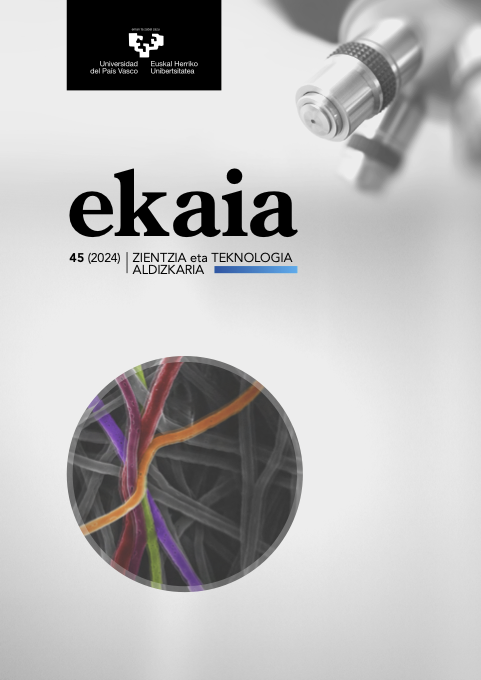Eskari agregatuaren biderkatzaileak eta IS-LM funtzioa ekonomia islamikoan
##plugins.themes.bootstrap3.article.main##
##plugins.themes.bootstrap3.article.sidebar##
Laburpena
Ekonomia islamikoa arau islamikoak betetzen dituen sistema ekonomikoa da. Arau horien betekizunak sistema ekonomiko bereizgarri baten existentzia ondorioztatzen du. Ezaugarri nagusiak hauek dira: interes-tasen gabezia, zakat zerga etikoaren existentzia, eta infaq borondatezko ordainketa. Interes-tasak debekatuta daude Koran liburuan. Ezaugarri berezi horiek ekonomian dituzten eraginak aztertzen dira lan honetan. Hasteko, zakat eta infaq biderkatzaile keynestarrak indartsuago bihurtzen dituzte. Beraz, diru-transferentzia mota horiek eskari agregatuaren barnean dauden aldagaietariko baten aldakuntzak errentan eragin handiagoa izatea ondorioztatuko du. Gainera, interes-tasen debekuaren ondorioz, gaur egun erabiltzen diren eredu makroekonomikoak goitik behera aldatzen dira. Lan honetan, ekonomia islamikoaren printzipioetan oinarritzen den IS-LM eredu bat proposatu da, geroago IS-LM-DA eredu orokorraren funtzionamendua azaltzeko.
##plugins.themes.bootstrap3.article.details##
ekonomia islamikoa, eskari agregatua, biderkatzaile keynestarrak, Korana, zakat, infaq, Kontsumitzeko Joera Marjinala (KJM)

This work is licensed under a Creative Commons Attribution-NonCommercial-ShareAlike 4.0 International License.

